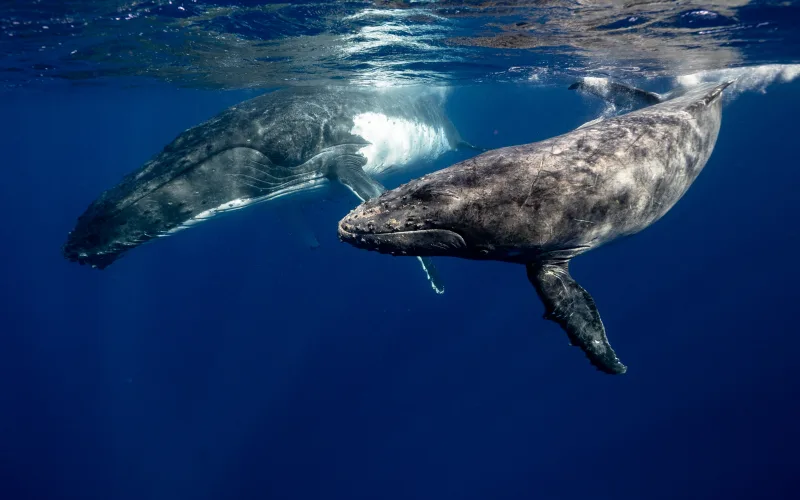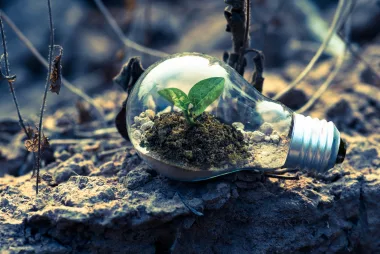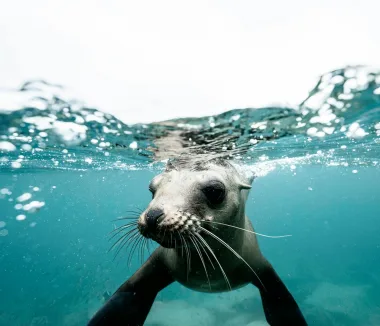Last Updated on April 26, 2024 by Ecologica Life
The effects of microplastics on the health of wildlife and humans is still unclear
A recent study conducted by scientists at Stanford University has found that whales may consume up to 10 million particles of microplastic every day. This might be having a negative impact on the health of the whales due to the obvious fact that plastic is not considered a component of a well-balanced diet.
The information was gathered from 200 tagged blue, fin, and humpback whales swimming off the coast of California fitted with tracking devices. The data demonstrated that the whales often foraged between 164 and 820 feet (50 to 250 metres) below the water’s surface, which is the depth where the open ocean’s largest amounts of microplastic are found.
According to their findings, humpback whales may consume up to 4 million pieces of microplastic each day, compared to blue whales, who may be eating about 10 million pieces. According to estimates, humpback whales who feed predominantly fish inhale 200,000 pieces of microplastic every day, but those that eat mostly krill consume at least 1 million pieces of microplastic.
The researchers noted that whales hunting in more polluted regions, such as the Mediterranean Sea, may consume even more microplastics.
How microplastic particles affect the health of whales
Microplastics could be directly harming the health of the whales. “It could be scratching the linings of their stomach. It could be absorbed into the bloodstream, or it could all pass through the animal. We don’t know yet,” Shirel Kahane-Rapport, lead study author at Stanford explained.
Even with regard to people, we still know very little about how microplastics harm human health. It’s a question that urgently needs a solution, given how prevalent microplastics have become in the natural environment in such a short period of time.







